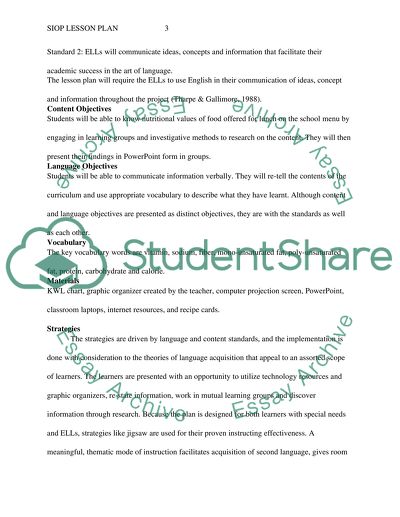Cite this document
(“SIOP Lesson Plan Research Paper Example | Topics and Well Written Essays - 2500 words”, n.d.)
Retrieved from https://studentshare.org/education/1476999-siop-lesson-plan
Retrieved from https://studentshare.org/education/1476999-siop-lesson-plan
(SIOP Lesson Plan Research Paper Example | Topics and Well Written Essays - 2500 Words)
https://studentshare.org/education/1476999-siop-lesson-plan.
https://studentshare.org/education/1476999-siop-lesson-plan.
“SIOP Lesson Plan Research Paper Example | Topics and Well Written Essays - 2500 Words”, n.d. https://studentshare.org/education/1476999-siop-lesson-plan.


